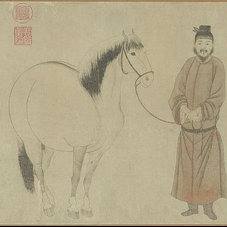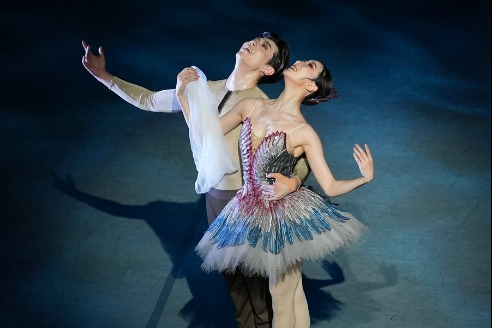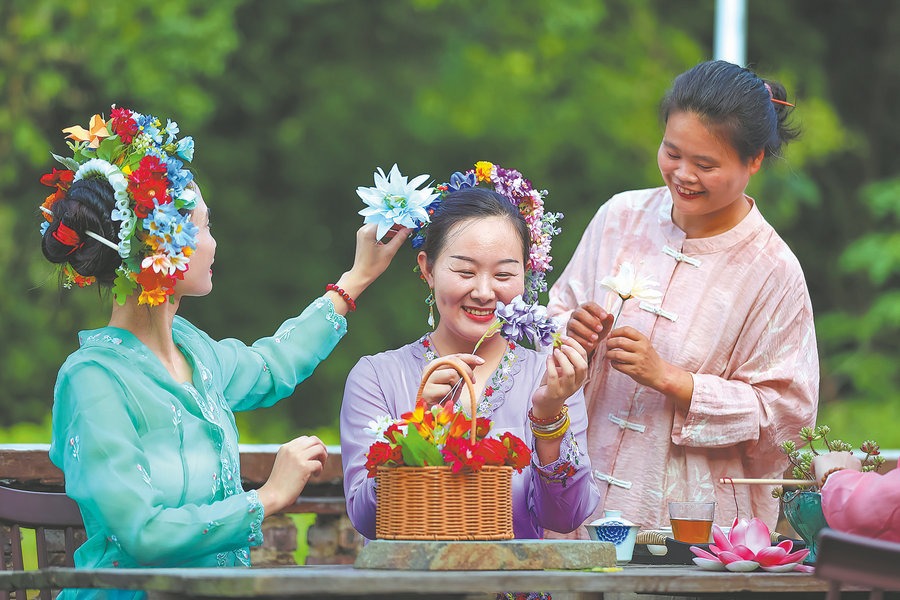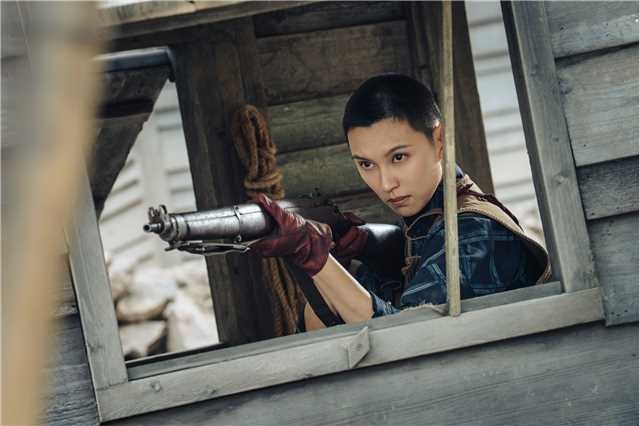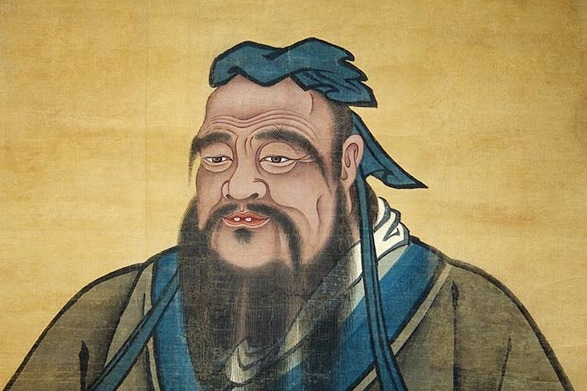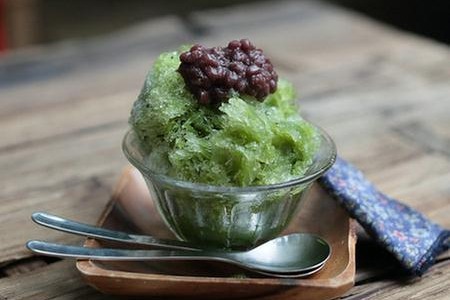Learning to paint: A family affair

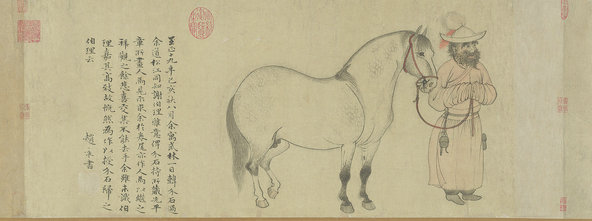
"There could be no greater advantage than to be born into an artistic family," Scheier-Dolberg reflects.
This is especially true for Zhao Yong and Zhao Lin, whose mother/grandmother Guan Daosheng (1262-1319) was artistically on a par with her husband. For proof, one only needs to check out the scroll displayed right beside the horses-and-grooms one. Here, Guan's bamboo, for which she was famous for, was served up in the form of what appears to be a little more than a sprig. Yet the painter played on the contrast between the extremely slim, barely-there stems and the strung-together leaves rendered emphatically in dark ink, producing an effect that's both vigorous and graceful.
Entering the picture from the left, Guan's bamboo was greeted by the slender, elongated leaves of the orchid flowers painted by her husband that occupy the right part of the scroll. The reciprocity was so obvious that they seemed to have been painted on the same piece of paper — except that they were not, judging by a seam in the middle.
"Whether they were intended to go on the same handscroll at the moment they were painted, we don't know. But by the mid-14th century, they were already joined together to give generations of art lovers something to celebrate," says Scheier-Dolberg.
The couple were as much bonded by the vagary of times as by their shared artistic language: in 1279, the Song Dynasty came to an end, succeeded by the empire of Yuan founded by the Mongols. In around 1286, Guan, who's "probably the highest-regarded woman painter-calligrapher from Chinese history" according to Scheier-Dolberg, traveled with Zhao Mengfu to Beijing to serve the Yuan Dynasty (1271-1368) government of Kublai Khan, a highly controversial decision among their contemporaries given Zhao's background as a direct descendant of the Song royal family.


